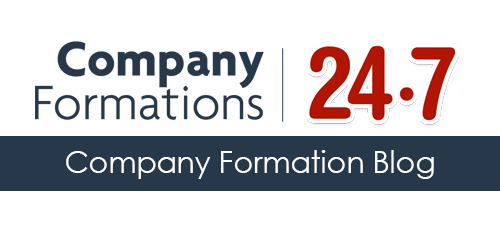The Standard Industrial Classification (SIC) code, or UKSIC as it is sometimes referred to in the UK, is an industry classification that is used to help separate out and classify businesses depending on the type of economic activity that they undertake and the industry that they operate within. Below, we explore in more detail exactly what a SIC code is, and how you can change it should your business change direction.
What are SIC codes?
SIC codes are attributed to a business to help identify what that business does, and more than one SIC code can be applied to a business, although the limit is four SIC codes. There have been a number of different SIC systems within the UK, with the different changes being introduced to reflect the economy at that time.
For example, in the 1980s the system was much more geared around manufacturing businesses, while it was heavier in IT companies from 2007 onwards. The 2007 SIC system is still the most current version used.
SIC codes help to provide a framework for the collection, presentation, and analysis of a business’ data and also help non-governmental bodies to easily identify what a business does.
Current (2007) SIC codes
Below are all of the current SIC code classifications within the UK:
- Agriculture, Forestry, and Fishing
- Mining and Quarrying
- Manufacturing
- Electricity, Gas, Steam, and Air Conditioning
- Water Supply, Sewerage, Waste Management, and Remediation activities
- Construction
- Wholesale & Retail Trade, Motors Repairs
- Transport and Storage
- Accommodation and Food Service activities
- Information and Communication
- Financial and Insurance activities
- Real Estate activities
- Professional, Scientific and Technical activities
- Administrative and Support Service activities
- Public Administration, Defence, and Compulsory Social Security
- Education
- Human Health and Social Work activities
- Arts, Entertainment, and Recreational activities
- Other service activities
- Activities of households as employers, undifferentiated goods and services producing activities of households for own use
- Extraterritorial organisations and bodies’ activities
As can be seen, there are a huge number of classifications available to help easily identify the different businesses that have been established within the UK. However, it is possible to change your SIC code. We explore this in more detail below.
You can find out more on the specifics of the current 2007 SIC codes here.
How can I change my SIC code?
Unfortunately, the only way to change your SIC code is to file a Confirmation Statement (previously known as an Annual Return). A Confirmation Statement is used for companies to provide the most up-to-date information to Companies House to be included on the public register.
the good news is that, if you need to change your SIC code immediately, then you can file a Confirmation Statement early. You only need to pay the filing fee once a year, so you can file as many early Confirmation Statements as you need.
If you would like some assistance in changing your SIC Code, or filing an early Confirmation Statement, then please see our service page to see how we can help.
Why might you need to change your SIC code?
There are multiple reasons that you may need to change your SIC code, which are:
- Your business has changed direction and industry
- You chose the wrong SIC code when first establishing your business (this can be easy to do as some businesses operate in multiple areas and some of the SIC codes are quite vague)
- Your business has expanded and needs to incorporate a new SIC code (you can have up to four SIC codes)
Does it matter if I have the wrong SIC code?
If you have the wrong SIC code, then it’s not the end of the world, and Companies House won’t be hunting you down or penalising you for it. However, it is good practice to keep your information up-to-date, and should you need help with this you can speak to us and we can help you identify what SIC code your business falls under.



